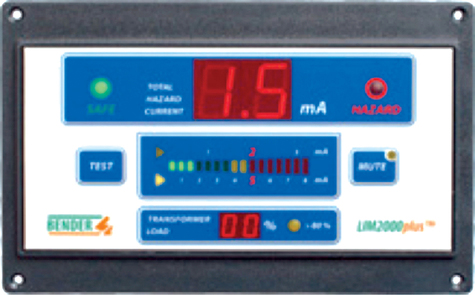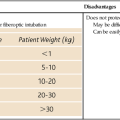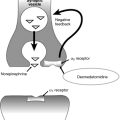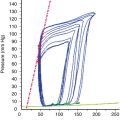Electrical supply
Line isolation monitors
In an OR with an IPS, a line isolation monitor (LIM) must be used to continually monitor the leakage current from both lines or wires to ground to ensure that the system remains “isolated” from the earth ground. This device measures how much current could “leak” to earth ground (in milliamperes)—a quantitative assessment of how well the IPS is isolated. The LIM must be installed so that the green (status OK) lamp and the red (hazard leakage current) lamp are visible to personnel in the care areas where the IPS is used (Figure 2-1).








